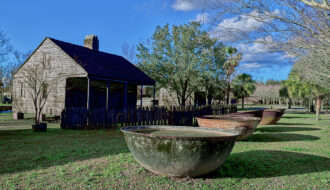
7.10 j., l. Plantation Slavery in Antebellum Louisiana
During the antebellum period, Louisiana relied on the forced labor of enslaved people to work sugar and cotton plantations.

During the antebellum period, Louisiana relied on the forced labor of enslaved people to work sugar and cotton plantations.
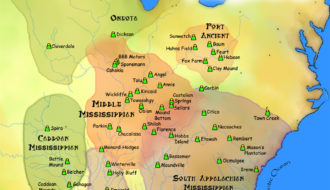
This entry covers the Plaquemine culture in the Lower Mississippi River Valley during the Mississippi period, 1200 to 1700 CE
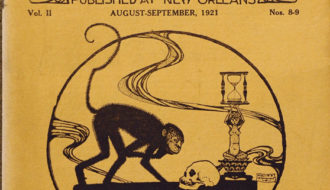
Louisiana poetry ranges from early francophone works to contemporary compositions.
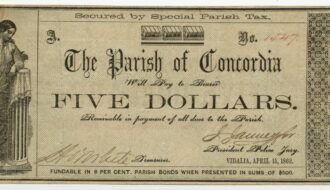
A distinct form of government exists in over half of Louisiana parishes

This distinct form of government exists in more than half of Louisiana’s parishes.
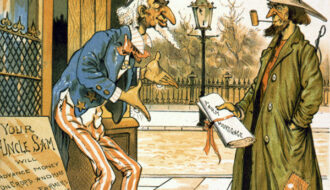
In the late nineteenth century, Populist Party advocates railed against the prevailing system and urged cooperation among oppressed peoples to secure reform.

In the late 1800s Americans witnessed a period of rapid industrialization and political transformation that drew some Louisianans to the Populist movement.
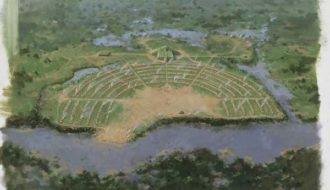
Poverty Point in Louisiana, one of the most significant archaeological sites in in the world, dates to 3,500 years and represents the largest, most complex settlement of its kind in North America.
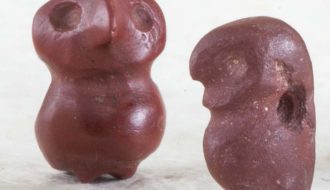
This entry covers prehistoric Poverty Point culture during the Late Archaic period, 2000–800 BCE.

Poverty Point in Louisiana, one of the most significant archaeological sites in in the world, dates to 3,500 years and represents the largest, most complex settlement of its kind in North America.

The praline, a confection made of sugar and nuts, is a representative dish of the Franco- and Afro-Creole Atlantic diasporas.
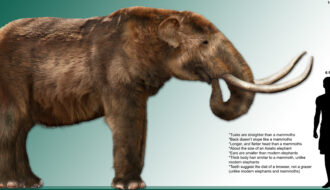
This entry covers the Pre-Clovis and Clovis cultures during the Early Paleoindian Period, 11500–9500 BCE, and Middle Paleoindian Period, 9500 BCE–8800 BCE.
One-Year Subscription (4 issues) : $25.00
Two-Year Subscription (8 issues) : $40.00
